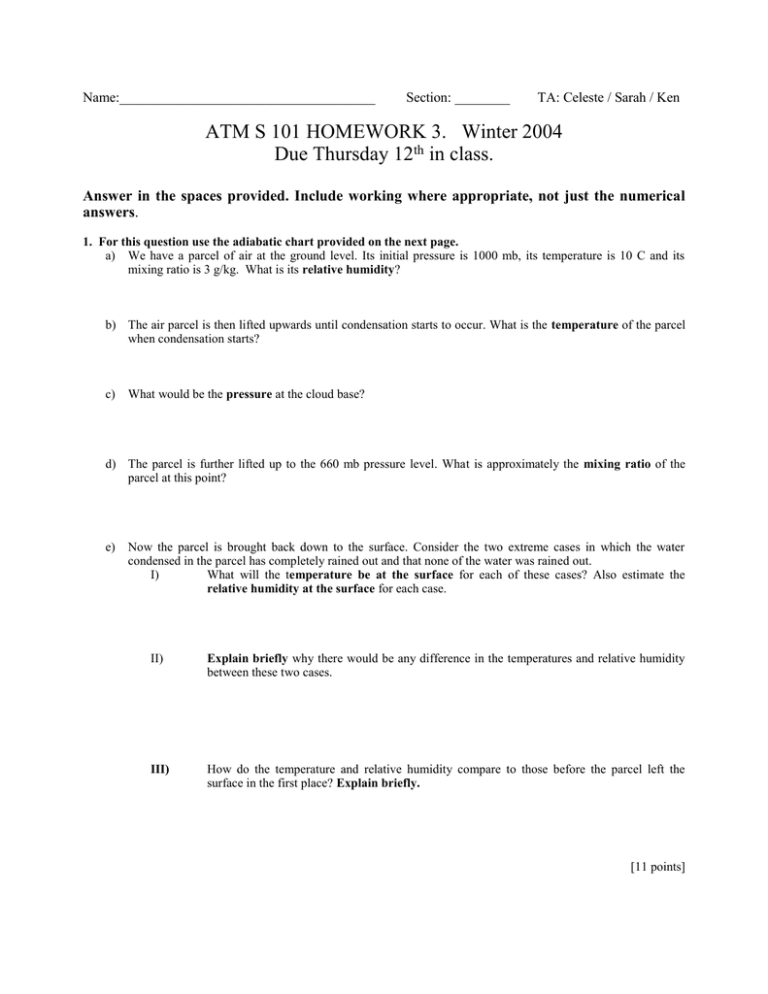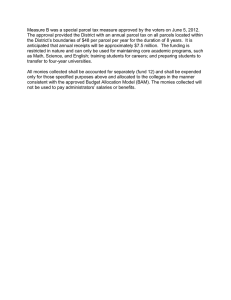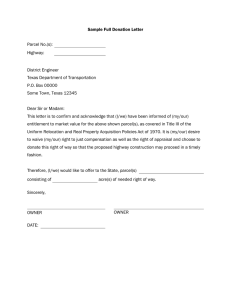Document 16011566
advertisement

Name:_____________________________________ Section: ________ TA: Celeste / Sarah / Ken ATM S 101 HOMEWORK 3. Winter 2004 Due Thursday 12th in class. Answer in the spaces provided. Include working where appropriate, not just the numerical answers. 1. For this question use the adiabatic chart provided on the next page. a) We have a parcel of air at the ground level. Its initial pressure is 1000 mb, its temperature is 10 C and its mixing ratio is 3 g/kg. What is its relative humidity? b) The air parcel is then lifted upwards until condensation starts to occur. What is the temperature of the parcel when condensation starts? c) What would be the pressure at the cloud base? d) The parcel is further lifted up to the 660 mb pressure level. What is approximately the mixing ratio of the parcel at this point? e) Now the parcel is brought back down to the surface. Consider the two extreme cases in which the water condensed in the parcel has completely rained out and that none of the water was rained out. I) What will the temperature be at the surface for each of these cases? Also estimate the relative humidity at the surface for each case. II) Explain briefly why there would be any difference in the temperatures and relative humidity between these two cases. III) How do the temperature and relative humidity compare to those before the parcel left the surface in the first place? Explain briefly. [11 points] 2. In the following chart you are also given two temperature soundings labeled A and B, which can be thought of as the result of measurements with a radiosonde (see textbook p.11 for cool picture of one) at different locations or times. Consider the same parcel of air as in question 1, which is lifted from the surface to the 660 mb pressure level. The profiles A and B represent the environment through which the parcel is rising. a) Indicate whether the parcel at the 660 mb level is lighter or heavier than the environmental air for each profile. What will happen to the air parcel in each case? Explain briefly. b) Indicate whether each of the profiles is stable, conditionally unstable or absolutely unstable. c) In which environment (profile) would you expect to observe a deep convective cloud? [6 points] 3. a) Explain why the stratosphere is more stable to vertical motions than the troposphere. b) The troposphere typically has warmer air near the surface than at higher altitudes. Explain why isn’t the cold air always sinking towards the surface and the warm air rising everywhere? [5 points]



